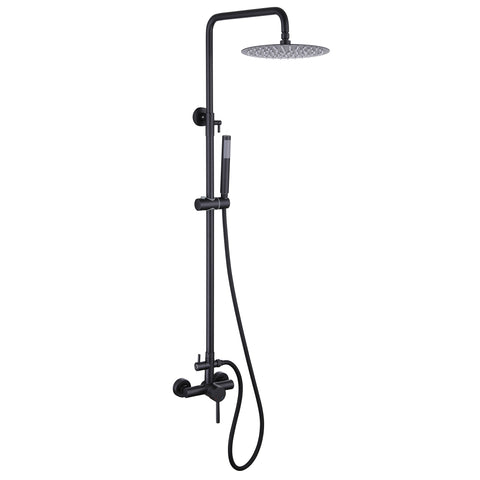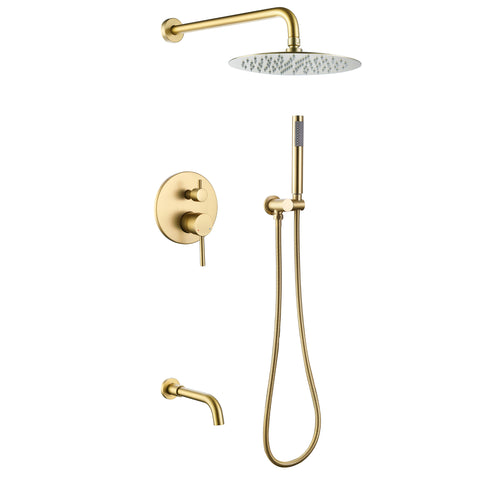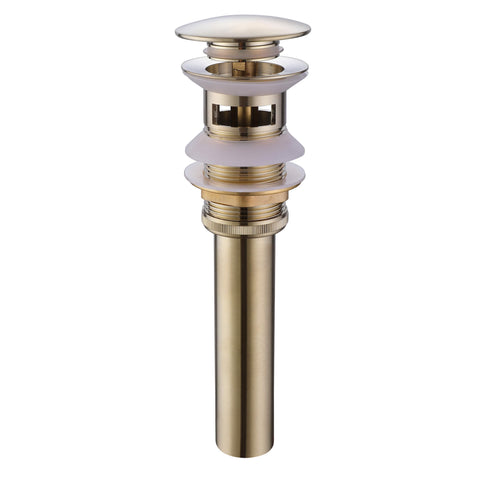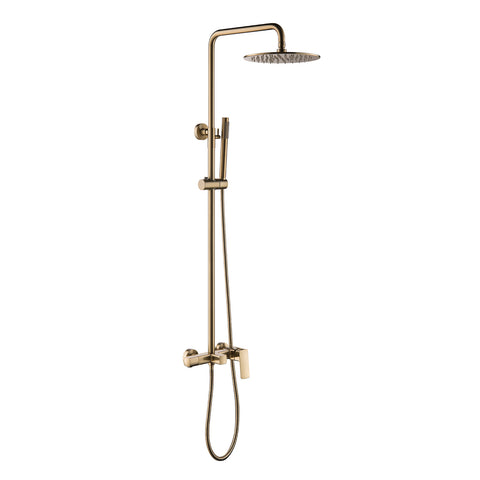5 Common Shower Faucet Problems and How to Fix them
Shower faucet problems can be frustrating, but many of them can be fixed without calling a plumber. Here are five common shower faucet problems and how you can fix them:

1. Dripping Faucet
A dripping faucet is a common issue that can waste water and lead to higher water bills. To fix it, start by turning off the water supply to the shower. Remove the faucet handle using a screwdriver or Allen wrench. Once removed, you will likely find a cartridge or a rubber washer that needs replacement. Take the worn-out part to a hardware store to find a match. Reassemble the faucet and turn the water supply back on to check if the dripping has stopped.
2. Low Water Pressure
If your shower faucet has low water pressure, it can make your shower experience less enjoyable. First, check whether the problem is isolated to the shower or affects the whole house. If it’s only the shower, the likely causes are a clogged showerhead or a blocked water filter. Remove the showerhead and clean it thoroughly, removing debris or mineral deposits. If there's a water filter installed, clean or replace it as needed.
3. Water Temperature Issues
If you're experiencing problems like sudden bursts of hot or cold water, the issue may be with the shower valve. Start by checking the temperature limit stop—a feature that prevents scalding. Adjust it by removing the handle and rotating the limit stop to fine-tune the temperature. If this doesn't solve the problem, you may need to replace the thermostatic shower cartridge, which controls both water flow and temperature. Consult the manufacturer’s guide or a professional if needed.
4. Leaking Shower Arm
A leaking shower arm connects the showerhead to the plumbing behind the wall. Over time, the threaded connection may loosen or leak. To fix this, turn off the water supply, use a pipe wrench to unscrew the shower arm, and apply plumber’s tape or pipe joint compound to the threads of the new arm. Reinstall and tighten securely, then turn the water back on and check for leaks.
5. Stuck or Hard-to-Turn Handles
If the faucet handles are difficult to turn, it could be due to mineral buildup or corrosion. Turn off the water supply first. Remove the handle and soak it in a mixture of equal parts vinegar and water overnight to dissolve mineral deposits. Scrub the handle with an old toothbrush to remove remaining buildup, rinse thoroughly, and reinstall. Finally, turn the water back on and test the handle movement.
Remember, if you're uncomfortable or unsure about performing any of these repairs, it's always best to contact a professional plumber for assistance.












